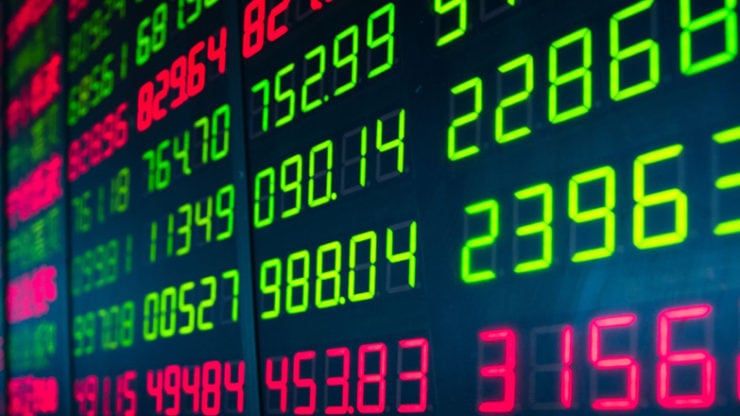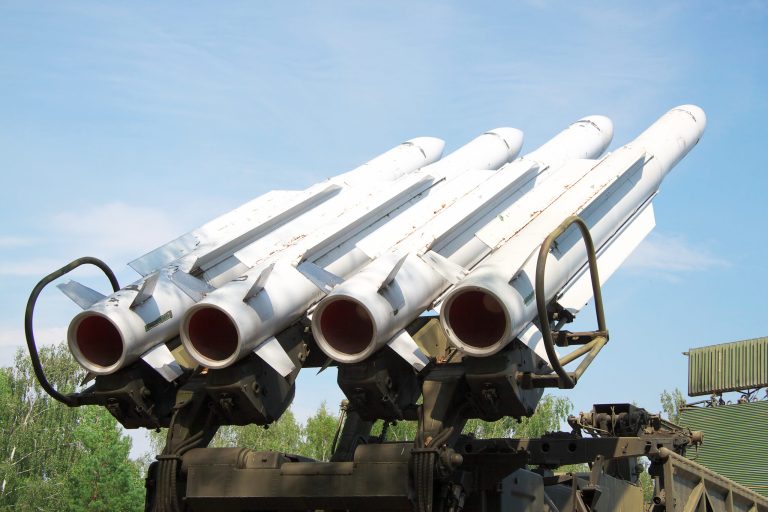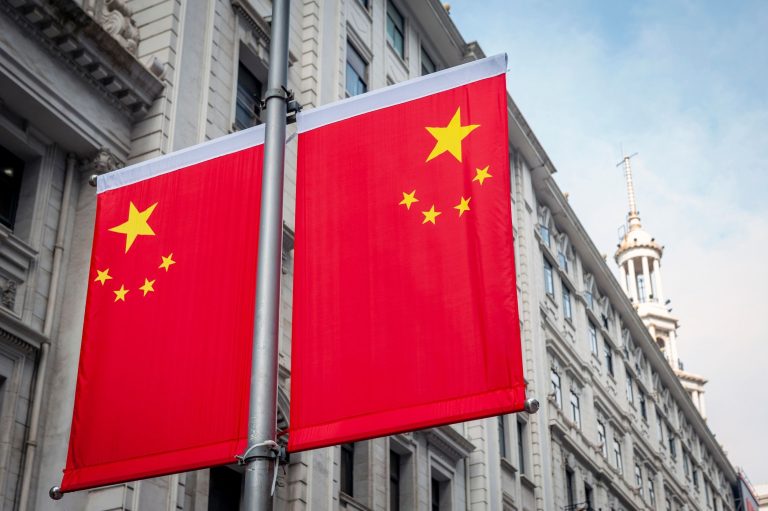Tap-to-earn, one of the fastest-growing industries in the crypto industry, with popular platforms like Hamster Kombat, TapSwap, Pi Network, and Notcoin have accumulated millions of users globally.
All tap-to-earn tokens have flopped
The concept behind the TTE industry is fairly simple. In it, Telegram users visit the mini-application and accumulate tokens by just tapping a button or doing simple tasks.
For example, in addition to tapping a button, Hamster Kombat allows users to accumulate token by following its Facebook, X, YouTube, and Telegram accounts. Users also gain new tokens by watching its videos, which explains why its channel has gained over 37 million subscribers in the past few months.
The ultimate goal for these players is to cash out when the developers launch their airdrop or the token generation event (TGE). Usually, these airdrops are based on the TON Blockchain, which has been incorporated on Telegram.
While the tap-to-earn industry has grown recently, its concept has been around for a while. The first platform to develop this concept was Pi Network, which launched in 2018, accumulating over 30 million users.
Other industries have used this model, with the most popular one being the exercise sector. StepN and Sweatcoin were highly popular applications that rewarded people for doing simple tasks like walking and running. Their steps were later converted into tokens, which people would cash out for fiat currencies.
The challenge, however, is that most of the “to-earn” tokens have flopped after their airdrops. Sweat Economy started trading at $0.1215 in 2022 and has crashed by over 94% to the current $0.0065.
Similarly, StepN’s GMT peaked at $4.90, then dropped to the current $0.1250 as the number of users crashed.
Most recently, Notcoin price initially rose to $0.029 after its airdrop in June, pushing its market cap to over $2.5 billion. It has now erased most of these gains and was trading at $0.0075.
DOGS, another Telegram tap-to-earn game peaked at $0.0020 and has now fallen to $0.0007 while PixelVerse (PIXFI) rose to $0.1 and then crashed to $0.001.
Read more: Is Pi Network a genuine crypto project or a scam?
Implication for TapSwap and Pi Network
TapSwap is a platform similar to Hamster Kombat, letting people earn tokens by just tapping a button. It has also added more capabilities for users to accumulate more cryptocurrencies, including through social media interactions.
The first major bad news for TapSwap players is that the developers are yet to say when the airdrop or the token generation event will happen.
The developers initially hinted that the airdrop would happen in July. They then postponed this event to “sometime in the third quarter,” which runs between July and September.
Well, the quarter has ended, and there are no signs of the airdrop. In justifying the delay, the developers have noted that they were working on exciting events to ensure that the token has value when it is listed.
For example, they have launched the play-generate value-earn model with over 100k users. It lets people to earn real value for by completing tasks before the token generation event.
Also, they have argued that they are working with many layer-1 developers to ensure that the airdrop goes on well.
Pi Network, on the other hand, has remained in an enclosed mainnet as developers work on ensuring a vibrant ecosystem before the airdrop.
In this, they are working on ensuring a full ecosystem, including games and decentralised finance (DeFi). These games and dApps will give the token utility. This is unlike other cryptocurrencies that lack a real utility.
The other thing is that Pi Network verifies that all tokens go to human beings, not bots. They are doing a comprehensive KYC process, which has already verified over 13 million users.
Pi Network and TapSwap prices will likely fall
Odds are stacked highly against Tapswap and Pi Network when they list their tokens. For one, many users who have held these tokens for a long time will likely sell them, and invest in other cryptocurrencies. A recent statement by TapSwap noted that over 46% of tap-to-earn holders sell their tokens shortly after the airdrop happens.
First, these users have seen the sharp collapse of the likes of Hamster Kombat, DOGS, and Notcoin. As such, they will want to exit their holdings as soon as possible to prevent further weakness. They have also seen the performance of play-to-earn tokens like Axie Infinity, Gala Games, and Decentraland.
Second, many of the participants have mined and held these tokens for a long time and have the incentive to sell. In TapSwap’s case, people have been playing for over six months, while Pi Network pioneers have been in the game for over five years. As such, when it lists, their first incentive will be to exit.
The post Very bad news for TapSwap and Pi Network users appeared first on Invezz










